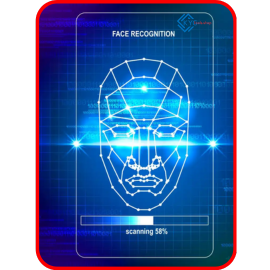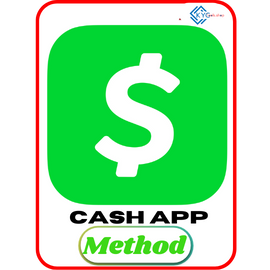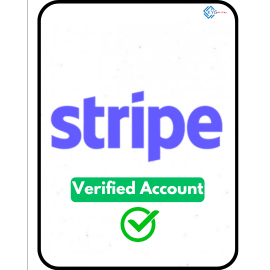An E-commerce website is an online platform that allows businesses or individuals to buy and sell goods or services over the internet. It acts like a digital storefront and typically includes features like a product catalog, shopping cart, payment gateway integration, and customer account management.
Core Components of an E-commerce Website:
-
Homepage – Branding, navigation, and featured products.
-
Product Pages – Descriptions, prices, images, reviews.
-
Search & Filters – To help users find products easily.
-
Shopping Cart – Users can add, view, and modify selected items.
-
Checkout Page – Collects user info, shipping address, and payment.
-
Payment Gateway – Secure integration (Stripe, PayPal, etc.).
-
User Accounts – Order history, tracking, saved items.
-
Admin Panel – Product management, inventory, orders, analytics.
Common Tech Stack:
-
Frontend: HTML, CSS, JavaScript (React, Next.js, Vue.js)
-
Backend: Node.js, Python (Django/Flask), PHP (Laravel), Java (Spring)
-
Database: MySQL, PostgreSQL, MongoDB
-
Authentication: JWT, OAuth, Firebase Auth
-
Payments: Stripe, PayPal, Razorpay
-
Hosting: Vercel, Netlify, AWS, DigitalOcean
Security Must-Haves:
-
HTTPS (SSL Certificates)
-
Input validation and sanitization
-
Secure payment processing
-
Data encryption for user data
-
Regular backups and updates
Optional Features:
Would you like help building one, or reviewing a specific platform like Shopify, WooCommerce, or a custom-built solution?
 Kyc Face Bypass Tools
Kyc Face Bypass Tools
 Cash App LD Method
Cash App LD Method
 SSN Fresh USA
SSN Fresh USA
 Stripe Account Buy
Stripe Account Buy













Reviews
There are no reviews yet.